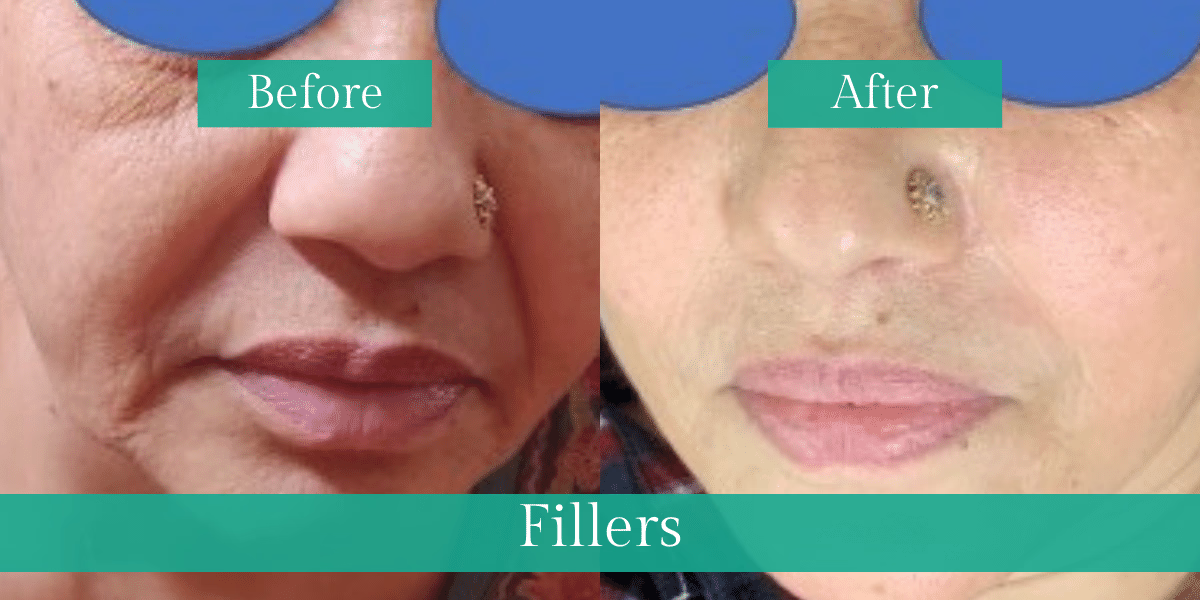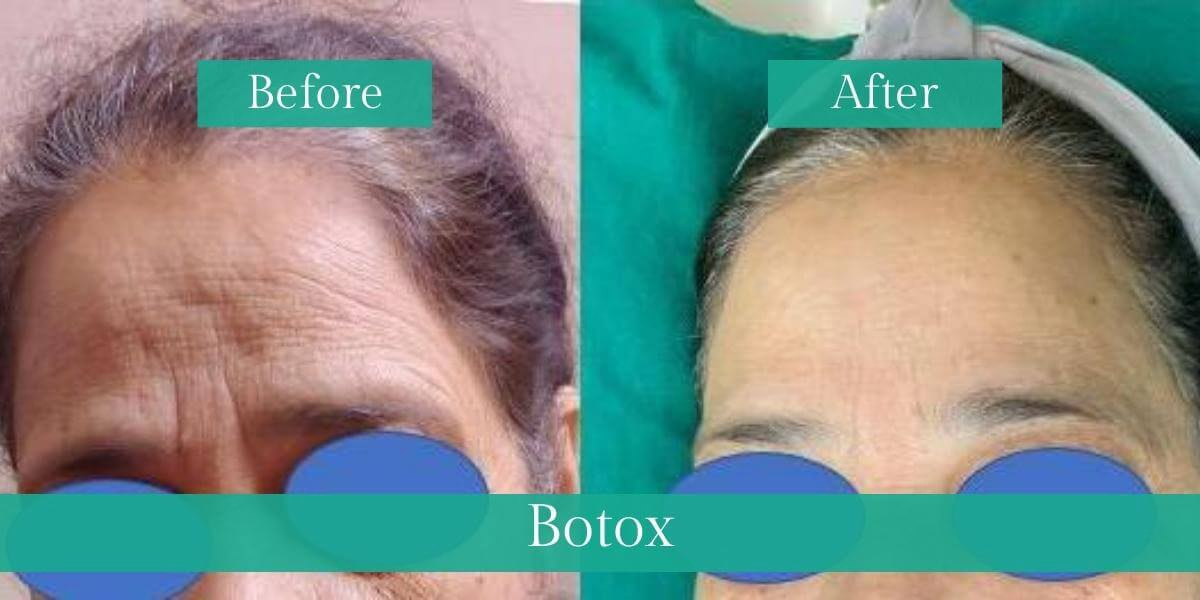What is Botox?
Botox, which is a purified neurotoxin known as botulinum toxin type A, is utilised for both medical and cosmetic treatments. In the dental context, Botox is utilised as a muscle-relaxing agent to treat certain oral and maxillofacial conditions. It temporarily blocks nerve signals to particular muscles, thereby reducing muscle activity. Botox can be beneficial in treating temporomandibular joint disorders (TMD), alleviating jaw pain, muscle spasms, and addressing bruxism (teeth grinding). Additionally, it may be employed for cosmetic purposes in facial aesthetics, targeting facial lines and wrinkles to create a more youthful appearance.
What are Fillers?
Soft tissue fillers, commonly referred to as dermal fillers, are injectable substances that can enhance facial contours and restore volume to specific areas. These fillers consist of biocompatible materials, often hyaluronic acid or collagen, that are carefully administered to diminish the appearance of wrinkles, lines, and other facial imperfections. In the dental context, fillers can be used for therapeutic and aesthetic purposes. Therapeutically, they may aid in treating facial asymmetry or support orthodontic cases. Dental professionals with training in facial cosmetics might use dermal fillers to create a more balanced and harmonious smile, addressing areas such as the lips, cheeks, and facial lines.
How are they beneficial?
Temporomandibular Joint (TMJ) Relief
Botox injections can effectively alleviate the symptoms of TMJ disorders, reducing jaw pain, muscle tension, and associated discomfort.
Bruxism Management
Botox can help control bruxism (teeth grinding), protecting teeth from excessive wear and minimising associated issues such as headaches and jaw soreness.
Gummy Smile Correction
Botox injections can improve a "gummy smile" by lowering the upper lip, resulting in a more attractive smile.
Facial Symmetry
Dermal fillers, when used by trained dental professionals, can enhance facial symmetry by filling in sunken areas, reducing facial lines, and restoring volume to specific regions.
Enhanced Facial Aesthetics
By addressing wrinkles, lines, and volume loss, both treatments contribute to a more youthful and rejuvenated appearance, boosting self-confidence. Risks of Botox and Fillers
Bruising and Swelling
Botox and dermal filler injections can cause temporary bruising or swelling at the injection sites, usually subsiding within a few days.
Discomfort
Mild discomfort or sensitivity at the injection sites is a common but usually temporary side effect for both treatments.
Infection
While rare, there's a small risk of infection associated with any injectable procedure. Proper sterile techniques minimise this risk.
Migration
Dermal fillers can occasionally migrate from the initial injection site, leading to unexpected bulges or changes in facial structure.
Allergic Reactions
Although uncommon, allergic reactions to components of Botox or dermal fillers can occur, leading to localised redness, itching, or swelling.
Aftercare tips
- Avoid touching the treated areas for a few hours after the procedure
- Minimise intense physical activity and heavy lifting for the first 24-48 hours
- Stay away from saunas, hot tubs, and sun exposure for 24-48 hours
- Use a cold compress wrapped in a cloth if there is swelling or discomfort
- Sleep with your head elevated to reduce swelling after dermal filler injections
- Stay hydrated for the healing process and overall skin health
- Avoid applying makeup directly on treated areas for 24 hours
- Avoid consuming alcohol and blood-thinning medications for 24 hours
- Follow any specific post-treatment instructions given by your dentist or medical professional
- Report any concerns, unexpected side effects, or severe discomfort to your healthcare provider promptly



